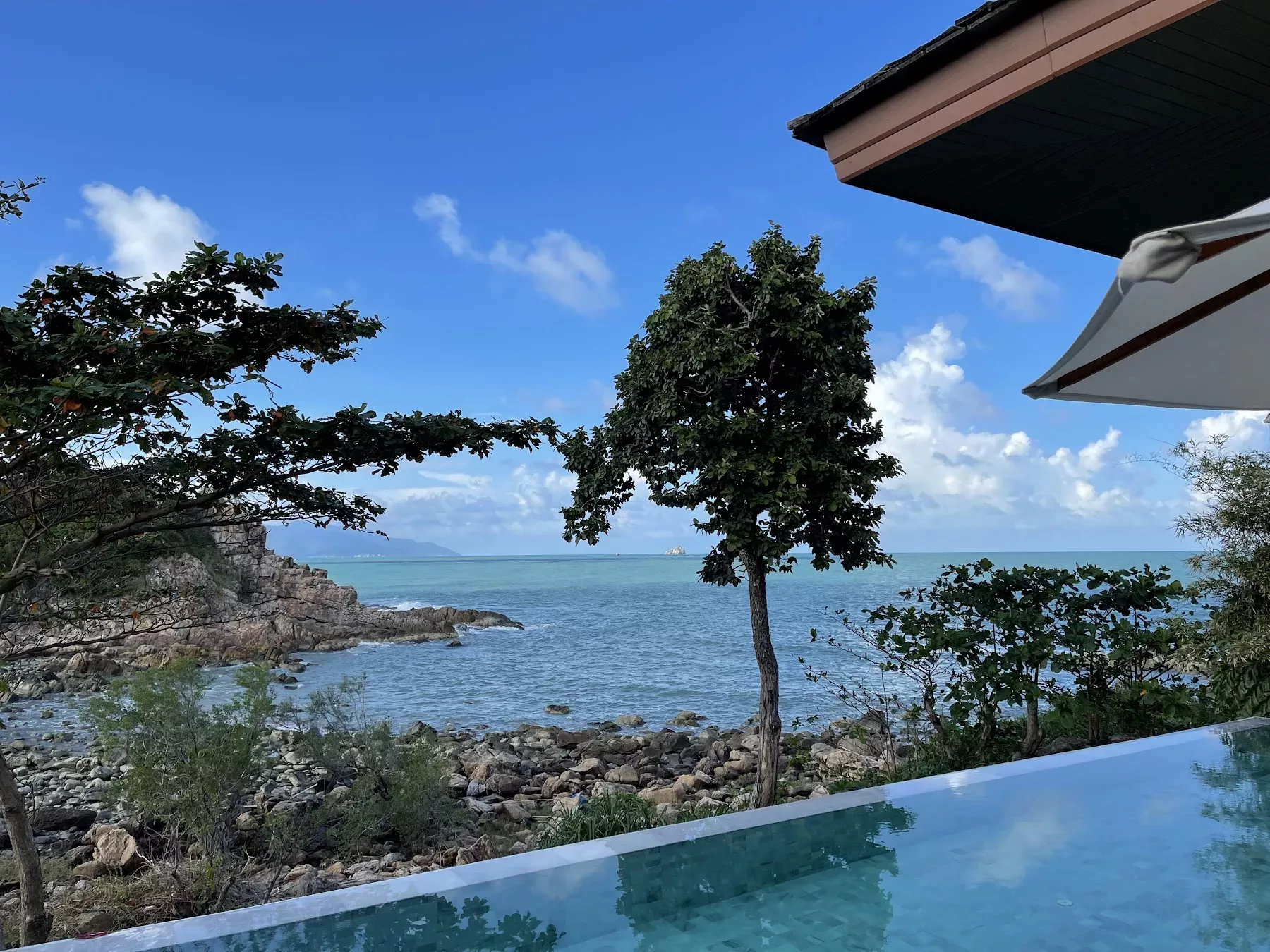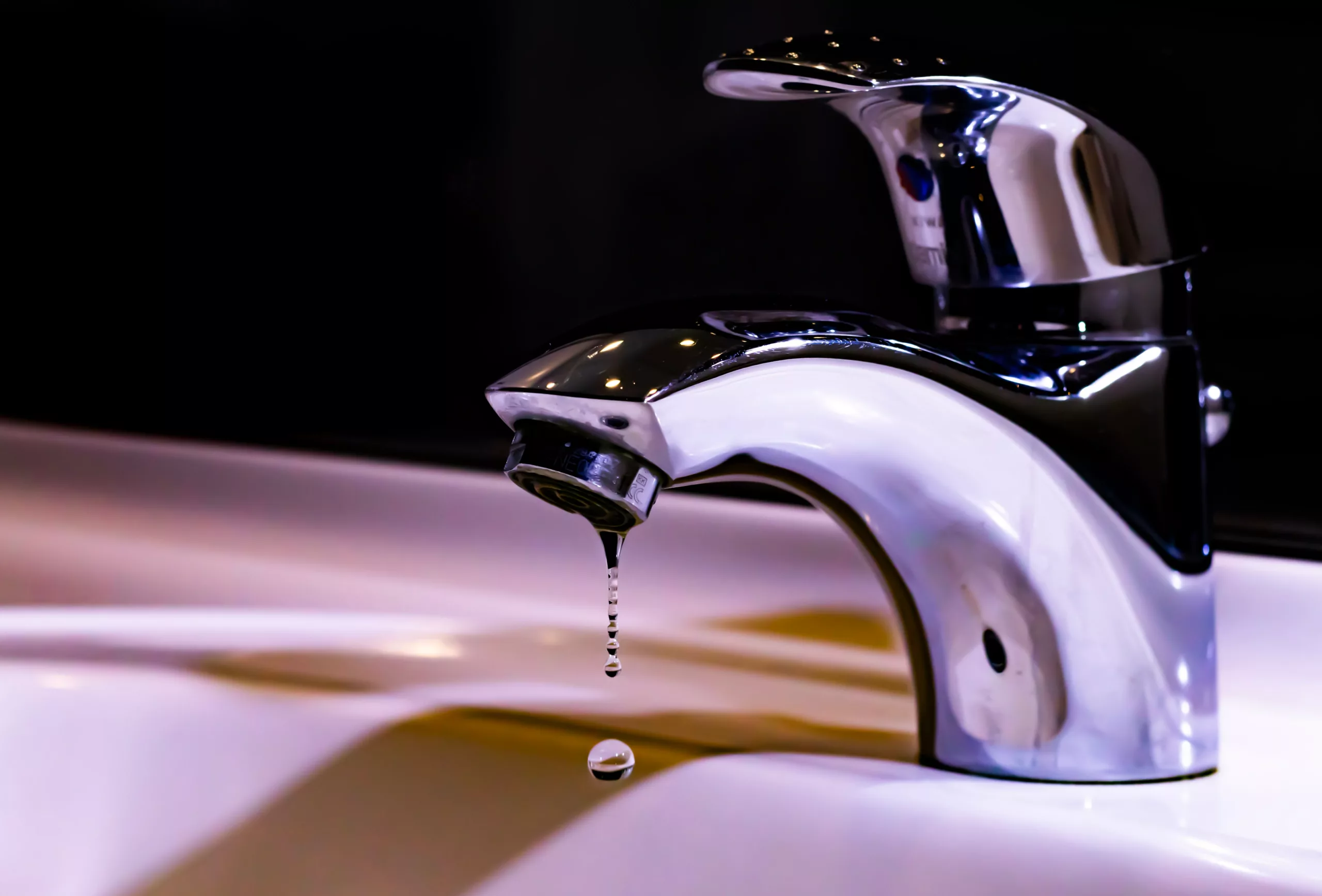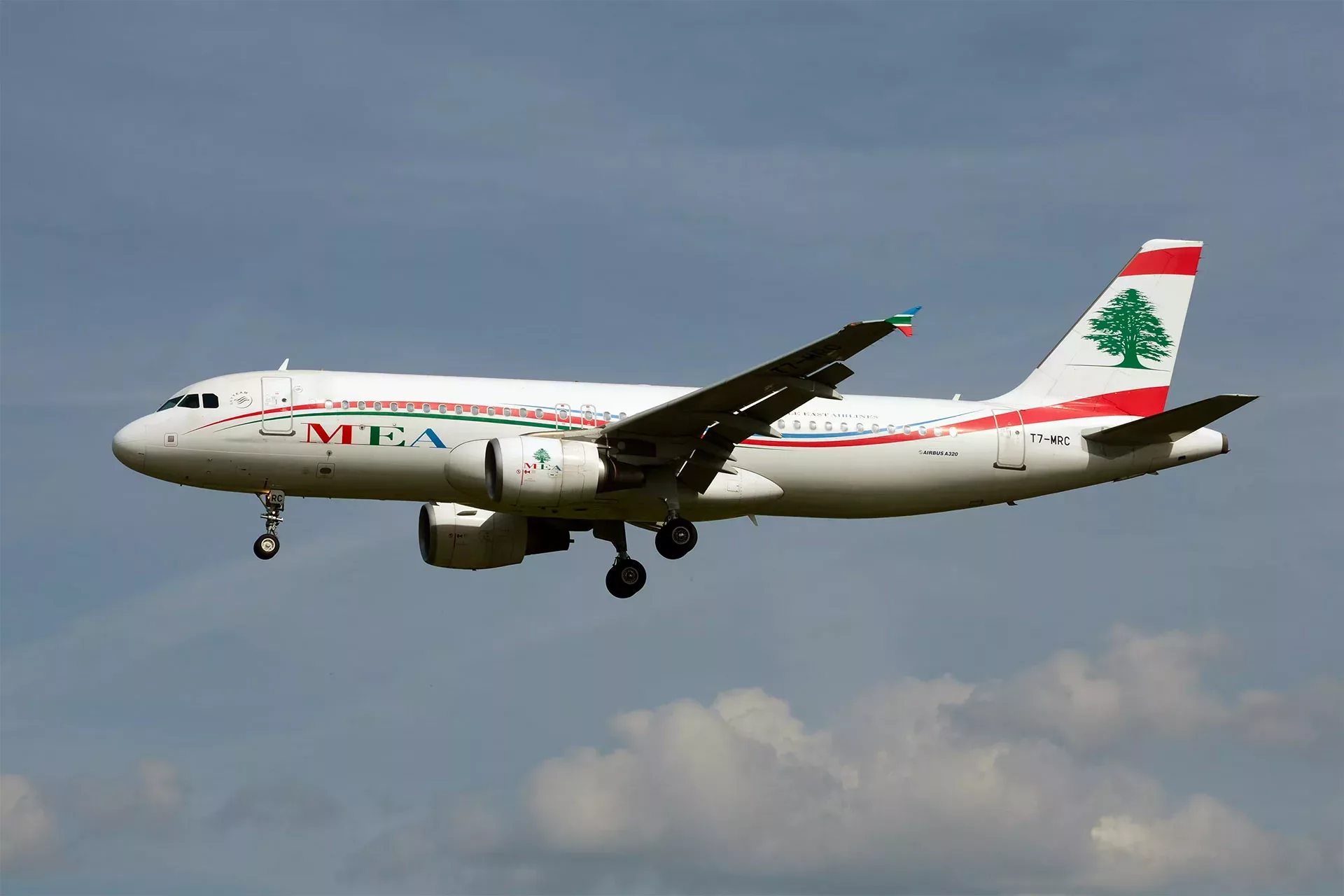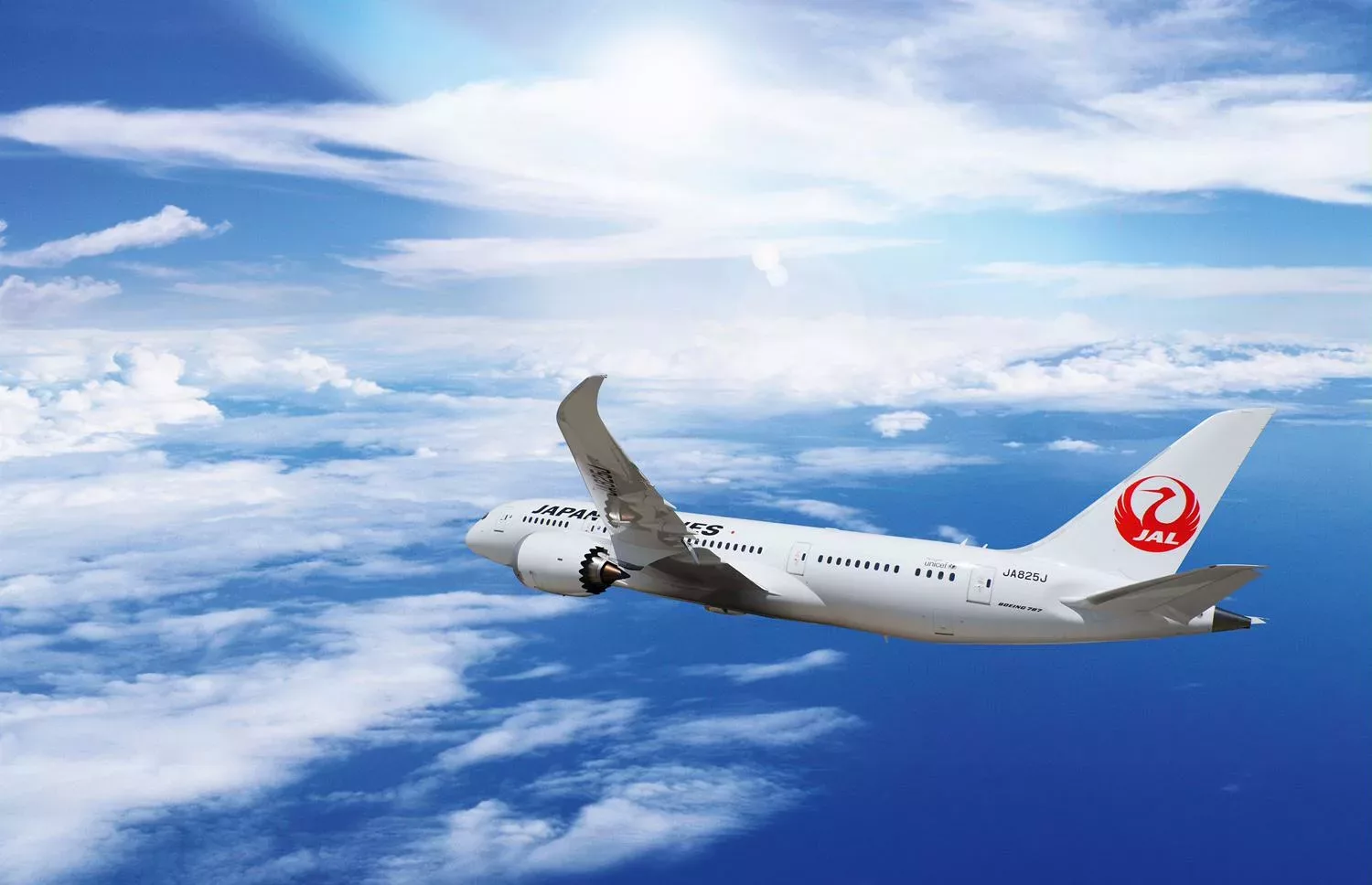Drinking tap water is a common part of daily life for many people around the world, but it is not always safe to do so. In some tourist destinations, the quality of the tap water may be poor, making it unsafe to drink. This is often due to inadequate treatment of the water supply, leading to the presence of bacteria and other contaminants.
Here are some common tourist destinations by continent/region where you should be wary of drinking tap water.
In this post:
North and South America
Mexico – In many parts of Mexico, the tap water is not safe to drink due to contamination from bacteria, chemicals, and other pollutants. This is especially true in popular tourist destinations like Cancun and Tulum, where the influx of tourists can put a strain on the local water supply. It is best to stick to bottled water, which is widely available throughout the country.
Brazil – The tap water in Brazil is not always safe to drink, especially in rural areas. Contamination from bacteria and other pollutants is common, so it is best to stick to bottled water or water that has been boiled for at least one minute. This includes popular destinations like Rio de Janeiro and Sao Paulo, where the water quality can vary depending on the location.
Peru – In Peru, the quality of tap water can vary greatly depending on the region. In general, it is best to avoid drinking tap water and stick to bottled water or water that has been boiled for at least one minute. This is especially important in popular destinations like Machu Picchu and Lima, where the water treatment facilities may not be as advanced as in other parts of the country.
Bolivia – In Bolivia, the quality of tap water is often poor due to inadequate treatment of the water supply. To avoid any potential health risks, it is best to avoid drinking tap water and stick to bottled water or water that has been boiled for at least one minute. This includes popular destinations like La Paz and Lake Titicaca, where the water supply can be contaminated by agricultural and industrial pollutants.
Guatemala – The quality of tap water in Guatemala can be unreliable, so it is best to avoid drinking it altogether. In many parts of the country, including popular destinations like Antigua and Lake Atitlan, the water treatment facilities are outdated and inadequate, leading to the presence of bacteria and other contaminants. To be on the safe side, stick to bottled water or water that has been boiled for at least one minute.
Honduras – In Honduras, the quality of tap water is often poor due to inadequate treatment of the water supply. To avoid any potential health risks, it is best to avoid drinking tap water and stick to bottled water or water that has been boiled for at least one minute. This includes popular destinations like Copan and Roatan, where the water supply may be contaminated by agricultural runoff and other pollutants.
Nicaragua – The quality of tap water in Nicaragua is often poor, especially in rural areas. Contamination from bacteria and other pollutants is common, so it is best to avoid drinking tap water and stick to bottled water or water that has been boiled for at least one minute. This includes popular destinations like Granada and San Juan del Sur, where the water treatment facilities may not be up to par with international standards.
Asia
India – The tap water in India is not always safe to drink, especially in rural areas. Contamination from bacteria and other pollutants is common, so it is best to stick to bottled water or water that has been boiled for at least one minute. This is especially important in popular destinations like Delhi and Agra, where the water quality can vary depending on the location.
China – The tap water in China is not always safe to drink, particularly in rural areas. Contamination from bacteria and other pollutants is common. Additionally, as a communist country, China is under-developed in many areas, including the treatment of its water supply. It is best to stick to bottled water or water that has been boiled for at least one minute. This is especially important in popular tourist destinations like Beijing and Shanghai, where the influx of tourists can put a strain on the local water supply.
Thailand – The tap water in Thailand is not always safe to drink, especially in rural areas. Contamination from bacteria and other pollutants is common, so it is best to stick to bottled water or water that has been boiled for at least one minute. This includes popular destinations like Bangkok and Koh Phi Phi, where the water treatment facilities may not be up to par with international standards.
The Philippines – The tap water in the Philippines is not always safe to drink, especially in rural areas. Contamination from bacteria and other pollutants is common, so it is best to stick to bottled water or water that has been boiled for at least one minute. This includes popular destinations like Boracay and Palawan, where the water supply may be contaminated by agricultural runoff and other pollutants.
Vietnam – The tap water in Vietnam is not always safe to drink, especially in rural areas. Contamination from bacteria and other pollutants is common, so it is best to stick to bottled water or water that has been boiled for at least one minute. This includes popular destinations like Hanoi and Ho Chi Minh City, where the water treatment facilities may not be up to par with international standards.
Indonesia – The tap water in Indonesia is not always safe to drink, especially in rural areas. Contamination from bacteria and other pollutants is common, so it is best to stick to bottled water or water that has been boiled for at least one minute. This includes popular destinations like Bali and Lombok, where the water treatment facilities may not be as advanced as in other parts of the country.
Africa
Egypt – The tap water in Egypt is not always safe to drink, especially in rural areas. Contamination from bacteria and other pollutants is common, so it is best to stick to bottled water or water that has been boiled for at least one minute. This includes popular tourist destinations like Cairo and Luxor, where the influx of tourists can put a strain on the local water supply.
Zimbabwe – In Zimbabwe, the quality of tap water is often poor due to inadequate treatment of the water supply. To avoid any potential health risks, it is best to avoid drinking tap water and stick to bottled water or water that has been boiled for at least one minute. This includes popular destinations like Victoria Falls and Hwange National Park, where the water supply may be contaminated by agricultural runoff and other pollutants.
Caribbean
The Dominican Republic – The tap water in the Dominican Republic is not always safe to drink, especially in rural areas. Contamination from bacteria and other pollutants is common, so it is best to stick to bottled water or water that has been boiled for at least one minute. This includes popular tourist destinations like Punta Cana and Santo Domingo, where the influx of tourists can put a strain on the local water supply.
Jamaica – The tap water in Jamaica is not always safe to drink, especially in rural areas. Contamination from bacteria and other pollutants is common, so it is best to stick to bottled water or water that has been boiled for at least one minute. This includes popular destinations like Montego Bay and Ocho Rios, where the water treatment facilities may not be up to par with international standards.
Conclusion
It’s important to know these countries are not the only ones where the quality of tap water may be poor. In many developing countries, the treatment of the water supply can be inadequate, leading to unsafe tap water. It is always best to be cautious and stick to bottled water or water that has been boiled for at least one minute to avoid any potential health risks. Note that while this list includes countries where caution should be taken when drinking tap water, it is not a comprehensive list of all countries where tap water may not be safe to drink.
When traveling to new destinations, it is important to do some research and understand the safety of the tap water before drinking it or just stick to bottled water. It’s better to be safe than sorry.





0 Comments